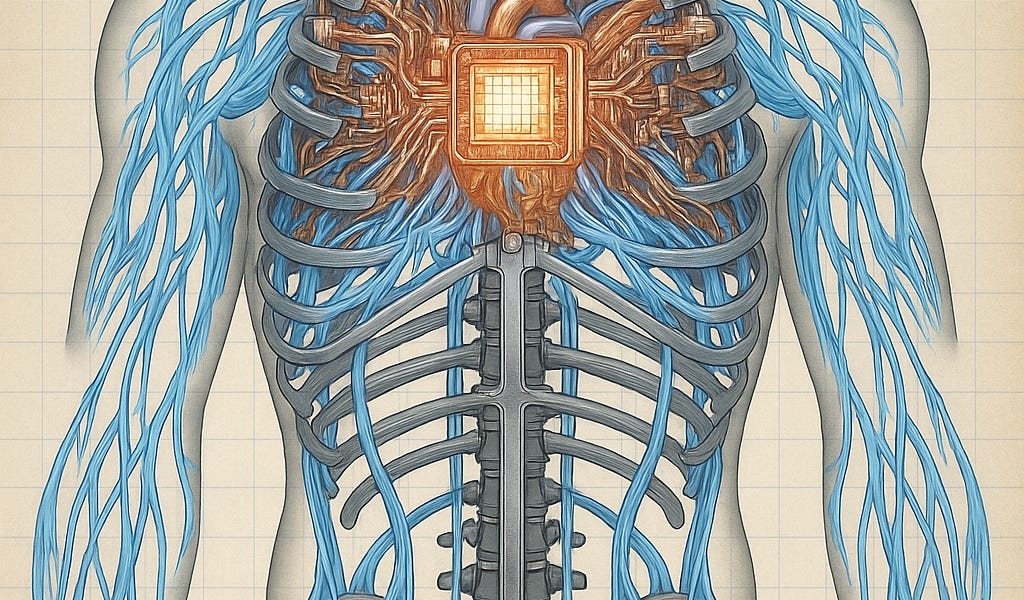
The Caffeinated Engineer
A distributed system is a living thing. Its messaging layer is not a simple library, but a vital organ: a stateful, failure-prone, and deeply opinionated architectural boundary. The choice of this system encodes not just how components communicate, but how the entire application evolves, recovers, and scales.
To build a resilient architecture, it helps to see these systems for their distinct biological roles. Are you building the durable Heart, the responsive Nervous System, or the foundational Bones?
This distinction is the key to understanding the deep philosophical and technical differences between Kafka, NATS, and ZeroMQ. In this breakdown, we will dissect each one, exploring its features, its core assumptions, and how those assumptions will shape everything you build on top of them.
Kafka’s primary abstraction is a partitioned, replicated, and distributed log. This simple but powerful concept is the foundation for its role in enabling temporal decoupling, data replayability, and massive-scale stream processing.













